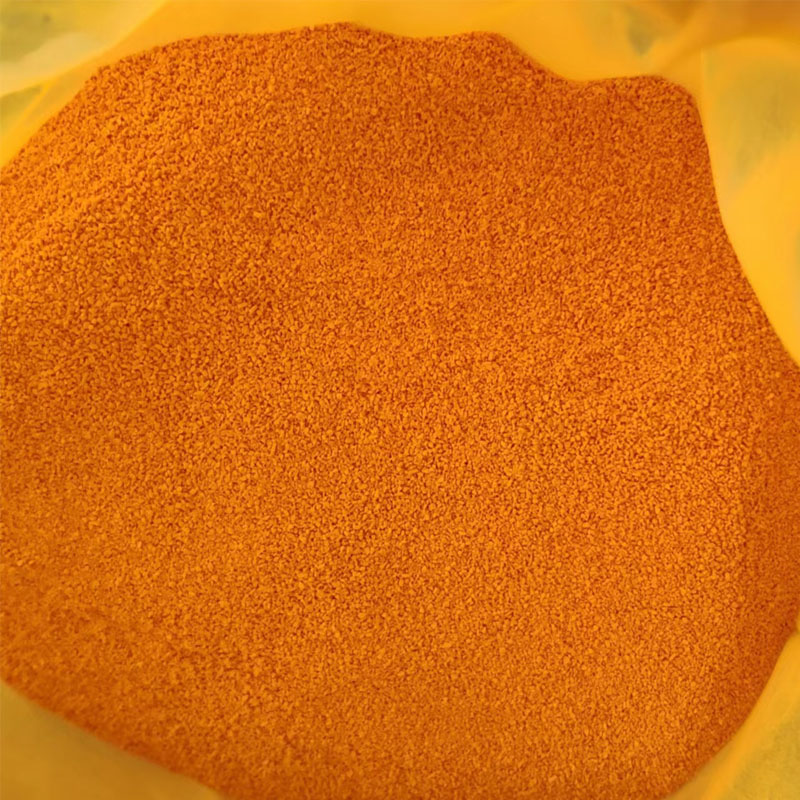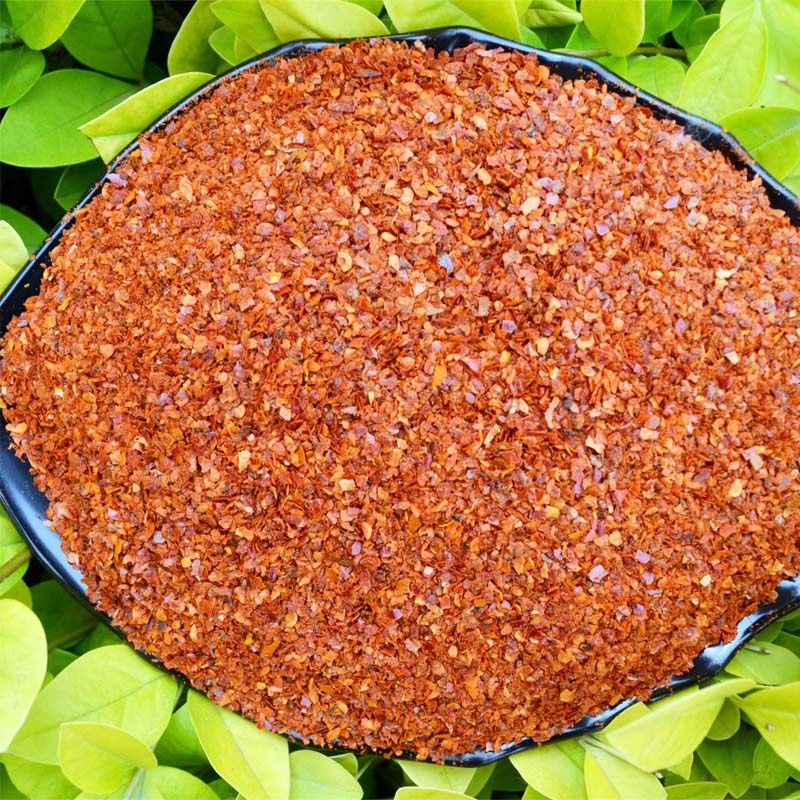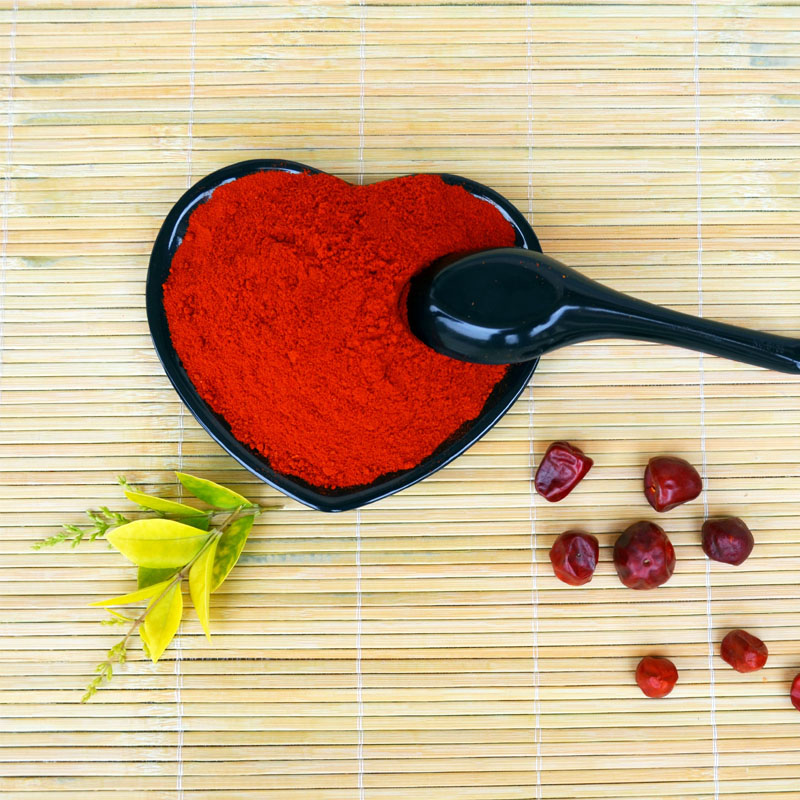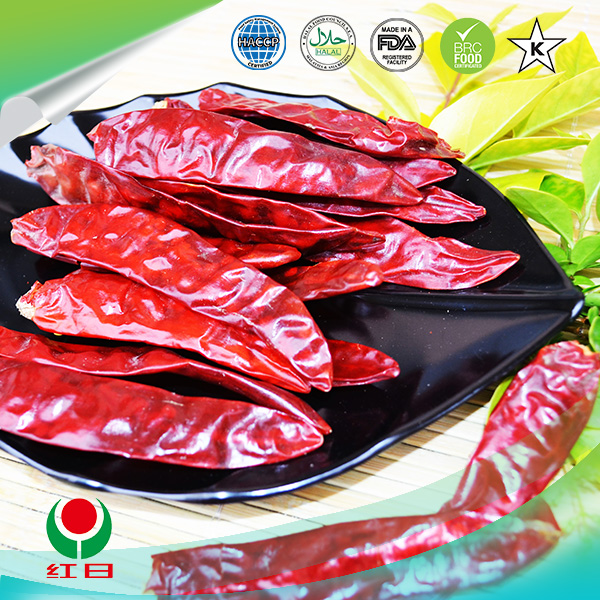- 268. zenbakia Xianghe kalea, Xingtai hiriko Garapen Ekonomikoko Gunea, Hebei 054001 Txina
- Byron@hbhongri.cn
Add Vibrancy and Flavor to Every Dish
From rustic stews to gourmet cuisines, paprika food has become a staple in kitchens around the world. Made by grinding dried peppers into a fine powder, paprika adds not only vivid color but also layers of flavor ranging from mild and sweet to hot and smoky. For chefs, food manufacturers, and spice lovers, paprika food represents a simple yet powerful way to enhance culinary creations.
In traditional Hungarian goulash or Spanish chorizo, paprika food plays an essential role. Its versatility extends beyond just flavor—it’s also a natural coloring agent that brings visual appeal to dishes without relying on synthetic additives. Whether you’re preparing marinades, rubs, sauces, or snacks, paprika contributes a warm, earthy tone and a hint of sweetness or heat, depending on the variety.
In recent years, the demand for paprika food has grown rapidly, especially among health-conscious consumers. Natural, non-GMO, and additive-free paprika aligns perfectly with clean-label food trends. Many manufacturers now seek high-quality paprika to meet these standards while delivering consistent color and taste.
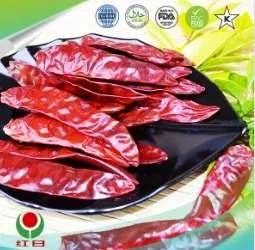
Red Sweet Paprika: The Heart of the Mild Spice World
Among the most popular varieties of paprika is red sweet paprika, celebrated for its mild flavor and brilliant crimson color. It is made from specific cultivars of Capsicum annuum that are low in capsaicin (the compound that makes chili peppers hot). This makes red sweet paprika ideal for those who want depth of flavor without overwhelming spice.
In culinary applications, red sweet paprika shines as both a garnish and a core seasoning. Sprinkle it over deviled eggs, hummus, or potato salad for instant visual appeal. Use it in soups, rice dishes, or roasted vegetables to create complex, layered flavors without overpowering other ingredients. For food processors, red sweet paprika offers a reliable and natural solution to coloring dips, sauces, or processed meats.
Another key advantage of red sweet paprika is its health profile. It contains antioxidants like carotenoids (especially beta-carotene) and vitamins A and E. These nutrients support immune health, skin function, and may even help reduce oxidative stress. As a result, red sweet paprika is often promoted not just for flavor, but also as a health-forward ingredient in gourmet and functional food products.
Types of Paprika Spice: From Mild to Bold
The world of types of paprika spice is far more varied than most people realize. While the term “paprika” might conjure a generic red powder, there are several distinct styles, each with its own flavor profile, heat level, and culinary use. Understanding these types of paprika spice is essential for both consumers and food businesses aiming for authentic flavor.
Specialty types of paprika spice include noble sweet, half-sharp, and rose paprika—each graded by origin, pungency, and quality. Hungarian paprika, for instance, comes in several certified classes, while Spanish paprika is protected by PDO (Protected Designation of Origin) status in regions like La Vera.
Whether you're a home cook or a food manufacturer, selecting the right types of paprika spice allows for better control over your recipes and ensures authenticity in international cuisines.
Buy Paprika in Bulk: Economical and Efficient
If you're in the food industry or simply a home cook who loves experimenting with flavors, it makes perfect sense to buy paprika in bulk. Bulk purchasing offers not only significant cost savings but also the convenience of a consistent, ready-to-use ingredient on hand for all your needs.
Restaurants, spice companies, meat processors, and health food brands often buy paprika in bulk to maintain quality and uniformity in large-scale production. Suppliers typically offer bulk paprika in packaging options ranging from 1kg to 25kg, tailored to the buyer’s operational needs. Many also provide options like heat-treated or steam-sterilized paprika to meet safety standards.
When you buy paprika in bulk, you can choose between whole-dried pods or ground powder, depending on whether you prefer to grind fresh or use ready-milled spice. Reputable exporters from countries like India, Spain, China, and Hungary often supply high-curcumin paprika with rigorous testing for pesticide residues, heavy metals, and microbial safety.
Storage is crucial when purchasing in bulk. To preserve flavor, color, and nutritional value, paprika should be stored in airtight containers away from light, heat, and moisture. With proper storage, high-grade paprika food can last up to 18-24 months while retaining potency.
Paprika Food in a Healthy Diet and Lifestyle
It’s not just about taste—paprika food contributes to a balanced, health-conscious lifestyle. Many people are surprised to learn that this humble spice is packed with nutrients like iron, potassium, and magnesium, along with vitamins A, E, and several B-complex vitamins. These elements support vital bodily functions, from energy metabolism to immune defense.
Incorporating red sweet paprika into everyday meals is an easy way to add flavor without added sodium, sugar, or artificial ingredients. This makes it ideal for those managing hypertension, weight, or cholesterol. Its natural antioxidants also promote anti-inflammatory benefits, which can support joint and heart health.
As consumer demand continues to shift toward whole, clean ingredients, paprika food is finding its way into functional snacks, meal kits, health-focused condiments, and even wellness teas. Whether you're formulating a new product or improving home cooking habits, paprika is a flavor-forward spice that supports both taste and well-being.
FAQs About Paprika
What is the best type of paprika for cooking?
The best type depends on your intended flavor profile. Red sweet paprika is excellent for mild dishes and general cooking. For a smoky flavor, opt for smoked paprika. If you enjoy heat, hot paprika or half-sharp paprika would be ideal. Exploring different types of paprika spice will help you discover what suits your taste.
Can I use paprika every day in meals?
Yes! Paprika food is mild enough for everyday use and adds both flavor and nutrition. It’s commonly used in eggs, meats, vegetables, rice, and soups. Using red sweet paprika daily is a great way to boost your intake of natural antioxidants and vitamins without altering your dish’s core flavors too much.
How can I tell if paprika is fresh and natural?
Fresh, natural paprika will have a vibrant red color and a rich, slightly sweet aroma. If the powder smells faint or looks dull and pale, it may be old or diluted. When buying from reputable sources or when you buy paprika in bulk, check for lab testing and certifications to ensure quality and authenticity.
Is it safe to buy paprika in bulk for home use?
Absolutely. Just be sure to store it in an airtight container in a cool, dark place. When you buy paprika in bulk, especially from verified suppliers, you can preserve the spice for over a year without loss of quality, as long as it's stored properly.
What’s the difference between red chili powder and red sweet paprika?
While both are made from ground peppers, red chili powder usually contains hotter varieties and includes seeds and membranes, making it spicier. Red sweet paprika, on the other hand, comes from milder, sweeter peppers and is used more for flavor and color than for heat. They're not always interchangeable in recipes.
-
Capsicum frutescens oleoresin – High Purity, Food GradeBerriakNov.17,2025
-
Capsicum Frutescens Oleoresin – Natural Heat & FlavorBerriakNov.17,2025
-
Peppereka Powder – Fresh, Vibrant Color & Sweet AromaBerriakNov.17,2025
-
Paprika Oleoresin | Natural Red Color, Heat & Flavor BoostBerriakNov.17,2025
-
Pure Turmeric Extract 95% Curcumin | Potent, Lab-TestedBerriakNov.17,2025
-
Red Papper Pods – Premium Sun-Dried, Bold Heat & AromaBerriakNov.10,2025
